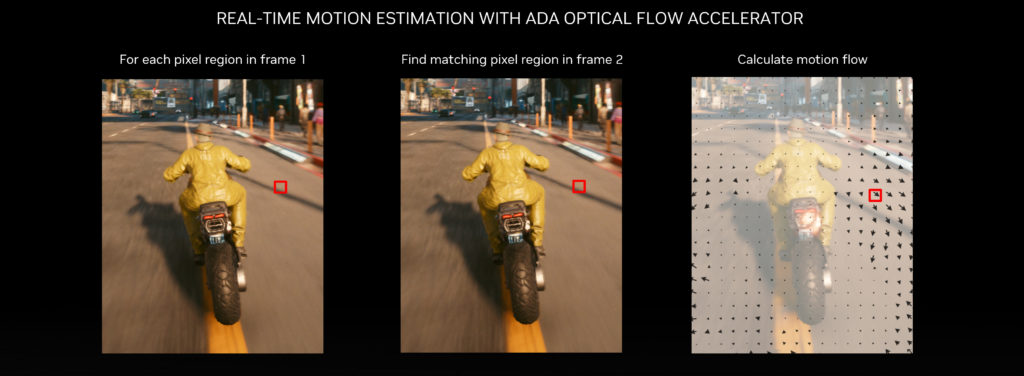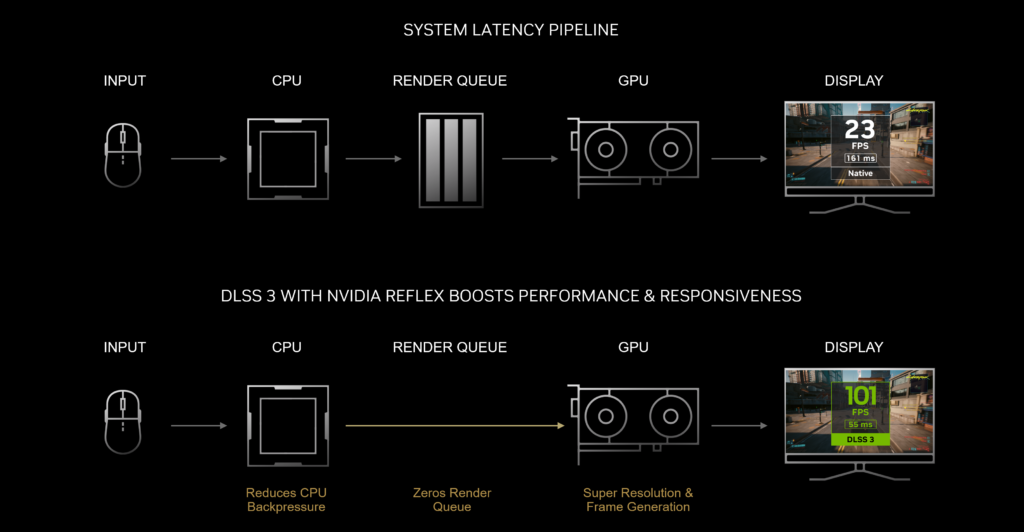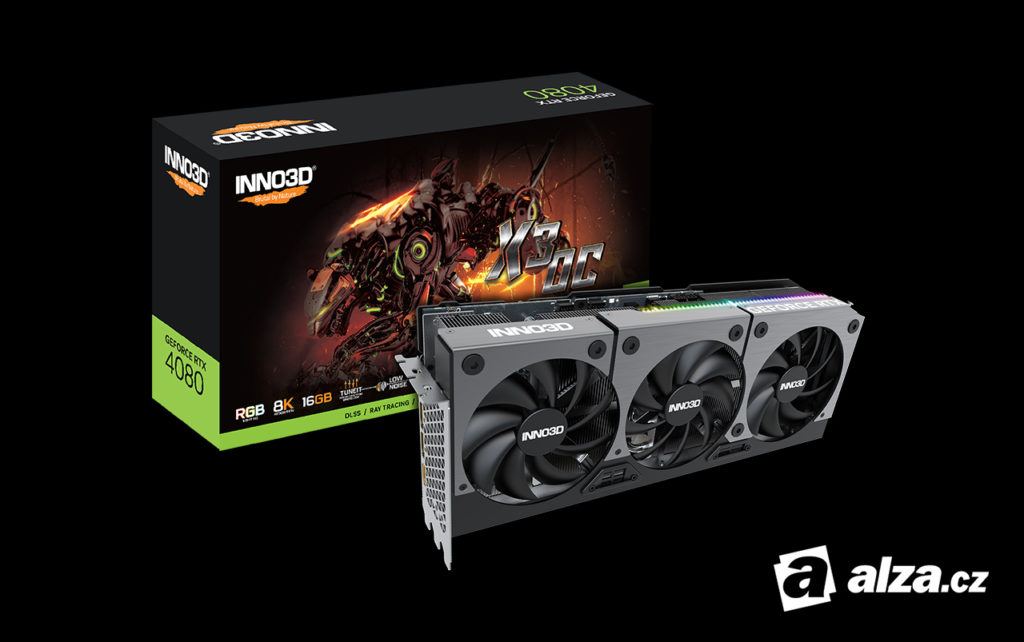This article was created in collaboration with NVIDIA.
It’s been a few years since the release of NVIDIA’s GeForce RTX 20 series graphics cards, when RTX technology first hit the market. During this time, not only the performance in ray tracing has improved, but also the second, no less important feature – DLSS. It gained immense popularity, especially after the release of its second version, which brought really significant improvements in terms of image quality. After a few minor updates this year, NVIDIA introduced a brand new version of this technology called DLSS 3.
It’s not exactly the third version of DLSS as such, as the three in the name means it’s essentially a package of three technologies. The first is, of course, the DLSS technology itself, which allows you to render a game at a lower resolution and then scale it up to a higher one. The result is a significantly higher frame rate than native resolution and virtually comparable image quality that is even better in some respects. NVIDIA has achieved this with artificial intelligence that requires no special training and is therefore relatively easy to implement into the game, DLSS is also supported by popular engines such as Unity and Unreal Engine.
But the second big component is a real novelty – the generation of images (“Frame Generation”). This is again a technology using artificial intelligence, powered by 4th generation Tensor cores and the so-called Optical Flow Accelerator, which is found only in cards built on the Ada Lovelace architecture. That’s why DLSS 3 is exclusive to the RTX 40 series.
This is truly revolutionary technology. At the beginning it takes 4 inputs: the current and previous frame in the game, data from the game engine such as motion vectors or depth, and last but not least the optical field created with the already mentioned accelerator. It can analyze images pixel by pixel, calculating where an image moves between two images. With all this information, artificial intelligence can create a completely new image, which is then inserted between two traditionally rendered ones.
This is where the huge benefit of snapshots comes into play. Classic DLSS can only improve performance in situations where the graphics card is a constraint. However, recently there is an opinion that the “brake” is the processor, where DLSS as such cannot do anything, a good example is Microsoft Flight Simulator. Frame generation can even double the frame rate in such cases. So your game will run at twice the FPS that your CPU is actually capable of calculating.
The problem is that the frame generation takes some time, which greatly increases the delay in games. And this brings us to the last, no less important component of DLSS 3 – NVIDIA Reflex. This technology synchronizes the GPU and CPU, which ensures the lowest possible latency. So far, it has mostly been suitable for competitive online gaming, but it can also be used in conjunction with image creation.
When all three technologies are combined together, a very powerful combination will be created, which will significantly increase the frame rate in all supported games, which are already several dozen and more are being added. Among them we can find big games like A Plague Tale: Requiem, Cyberpunk 2077, Dying Light 2 Stay Human or Witcher 3 in the new version.
A great example is the recently released RTX remaster of the popular game Portal, which is very demanding on hardware. However, with DLSS 3, you can get up to four times the performance, which is a truly incredible boost.
This is confirmed by the eTeknix editor test. Even the RTX 4090 has some basic gaming issues but when using DLSS 3 (specifically the Performance preset) you suddenly get very playable framerates, the 4080 performs well too, however there are fine ray tracing settings in the game including nuances like the number of ray bounces . So the game can be tuned to more affordable cards such as the RTX 3060 (of course, sacrificing some effects).
Of course, it’s even better at 1440p, where you can either get to a very high frame rate, or you should also think about lowering the preset, which will improve the image quality, which is still very close to native resolution.
In addition, it is still a technology that, like the original DLSS, will continue to evolve, and all the shortcomings will be gradually eliminated. Taking snapshots is a feature we’ll be hearing a lot about in the future. At a time when underpowered CPU performance is a major concern, it’s an absolutely perfect way to still play your favorite games at high frame rates.
We thank Alza for their support in testing NVIDIA hardware.

Source :Indian TV

